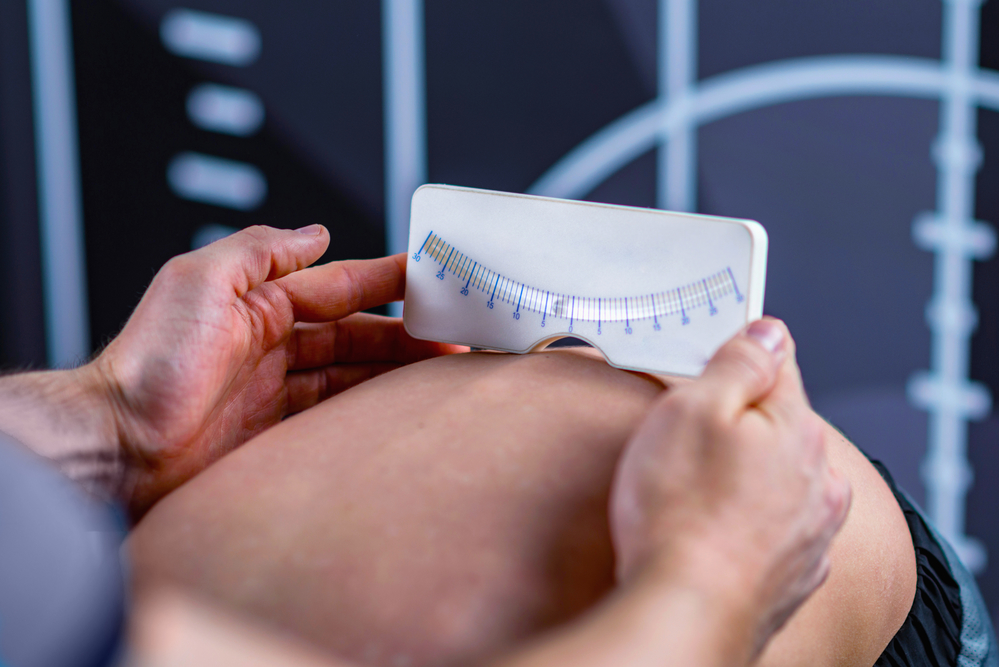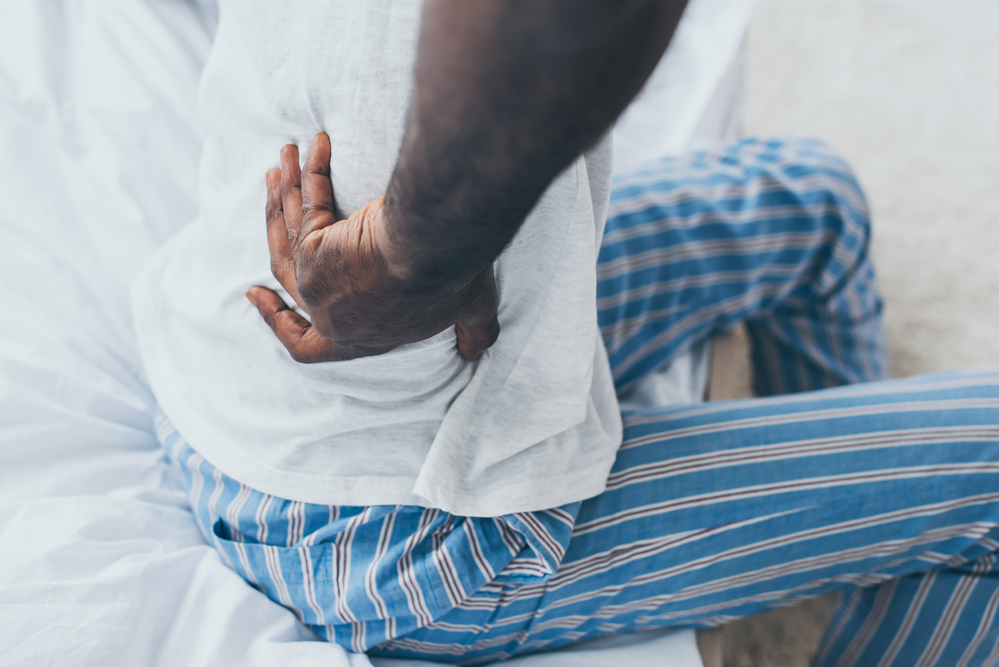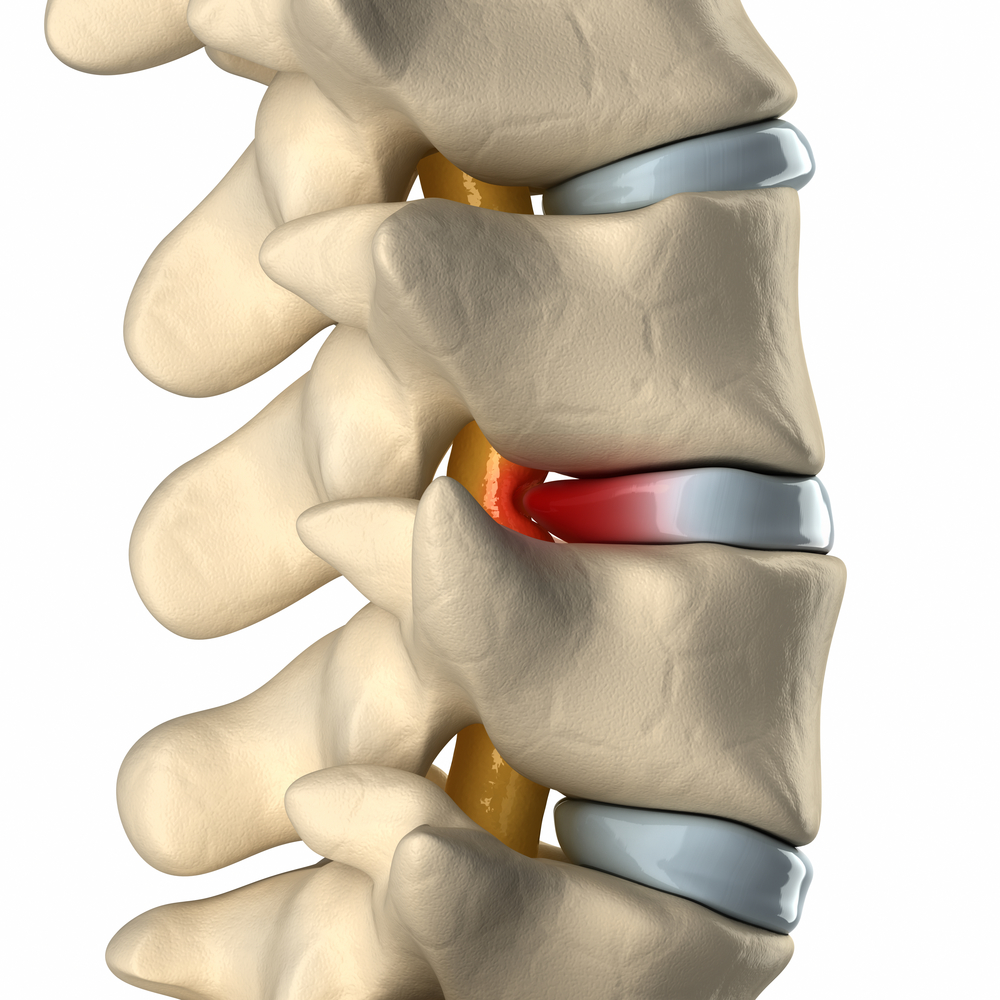If you’ve ever suffered from back pain, you’re not the only one. According to the American Chiropractic Association, more than 30 million Americans suffer from lower back pain. Back pain is the leading cause of disability, worldwide. It significantly prevents people from engaging in any type of everyday physical activities.
A significant majority of people will experience symptoms of back pain at some point in their lives. As we get older, our spine ages – along with the rest of our body. This causes disc degeneration.
Disc degeneration can then lead to back pain. In today’s post, we’ll look at the different ways our spinal discs degenerate and contribute to back pain symptoms.
If you’re experiencing any of the symptoms of the conditions we outline below, we highly recommend you consult with your healthcare provider.
Spinal Stenosis
The spinal cord is part of the spine. It’s an extended group of nerves that starts from the head and runs through the vertebrae. When the area surrounding the spinal cord tightens, the cord and nerve roots get stressed.
When there’s pressure on the nerve roots and cord, this condition is called spinal stenosis. A common source of this condition is disc degeneration related to arthritis. As the spinal discs worsen, which happens due to aging, the gaps between the vertebrae lessen. This results in spinal stenosis.
Some symptoms of spinal stenosis include sciatica, or the burning pain in the buttocks or legs, difficulty in moving the legs, low back pain, tingling or numbness in the legs or buttocks area.
The primary aim of treatment for spinal stenosis is relieving the symptoms. Physical therapy, chiropractic, anti-pain medications, and steroid injections.
Surgery may be required if the patient is experiencing chronic pain and weakness. The operation to treat this condition entails decompressing the nerves. Laminectomy is the procedure where the bone spurs, ligaments, bone spurs, and bones are removed. On top of the decompression of the nerves, doctors may need to stabilize the spine.
Herniated Disc
To get a better understanding of this condition and other disc degeneration-related back pain conditions, let’s first talk about the part of our spine.
Vertebrae are the bones that make up our spine. They are stacked on top of each other.
Between each vertebra is a gap filled by spinal discs. They provide us with the flexibility we need and serve as shock and stress absorbers. Picture a flat, small water balloon between each bone, that’s our spinal disc. Cartilage envelopes the exterior of these discs. The inside of them, on the other hand, is composed of a nucleus.
As we age, our spinal discs weaken. As they soften, a herniated disc, also called a ruptured disc can happen. When this occurs, the nucleus spills out of the cartilage, leaking out into the spine. This puts tension on the nerves, which then result in foot and leg weakness, tingling, and numbness, and lower back pain.
Even though herniated discs usually happen in older people, individuals of all ages are still at risk. In addition to aging, disc degeneration can occur due to being overweight, improper lifting of heavy objects, smoking, pressuring the spine, and doing frequent, strenuous physical activities.
Herniated discs, while painful, can be treated without surgery. The treatment options include cold or hot compresses, chiropractic, abdominal and back strengthening exercises, steroid injections, anti-inflammatory medicine.
Scoliosis
Usually, scoliosis develops in a person’s life during early childhood or into their puberty. However, degenerative scoliosis (also called adult-onset scoliosis) can happen due to age-related degeneration of spinal discs.

When this condition occurs, the spinal cord curves uncharacteristically, and the gaps between the spinal discs shrink.
Some of the common symptoms adult-onset scoliosis include back pain, shooting pain down the legs and buttocks, numbness and tingling.
The treatment options are chiropractic care, over-the-counter pain medications, steroid injections, and exercises and stretch advised by a healthcare professional.
Treating Back Pain Caused by Disc Degeneration
If you’re looking for an effective lower back pain treatment method, consult with your healthcare provider right away. Medical professionals utilize a diversified approach to treating low back pain, disc degeneration, and other spine-related issues.
Don’t let this condition take your life and freedom. No matter what the course of your treatment takes, you should have one goal: restore your quality of life.

